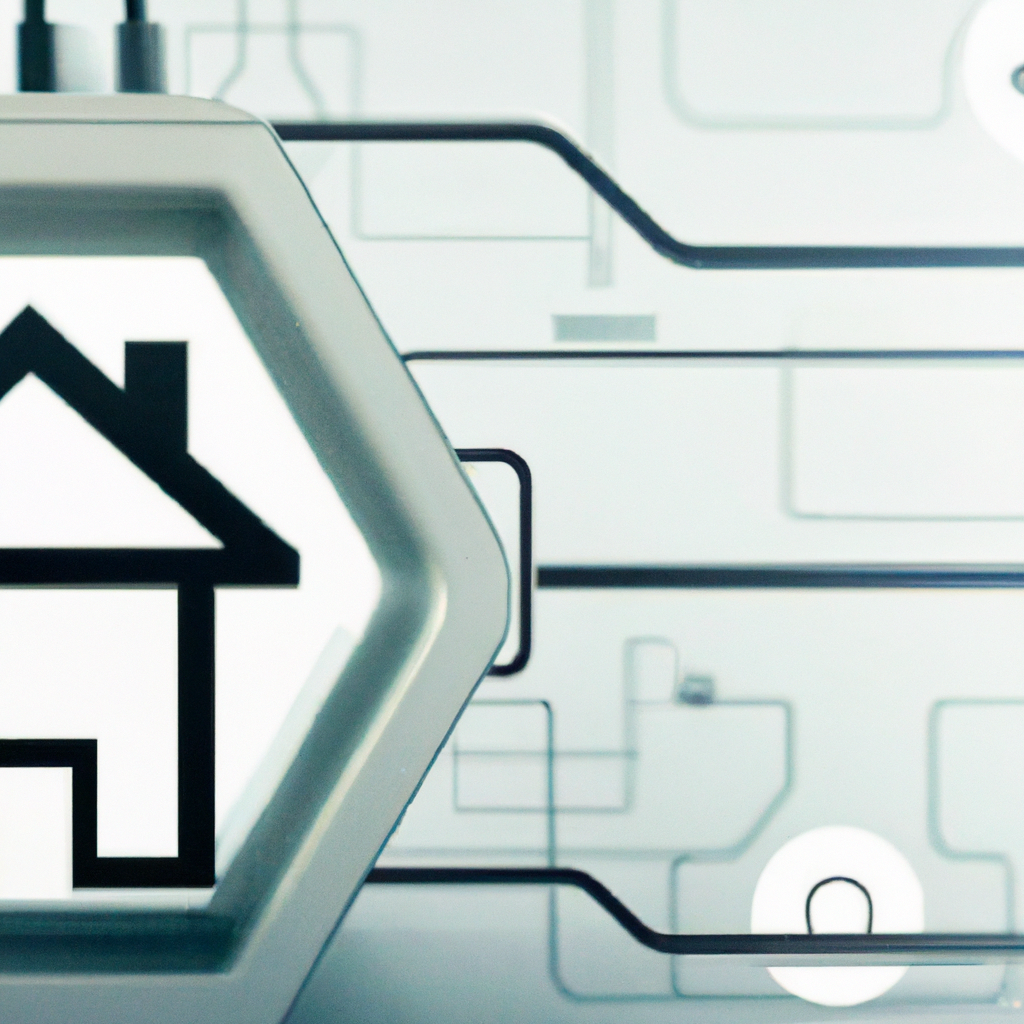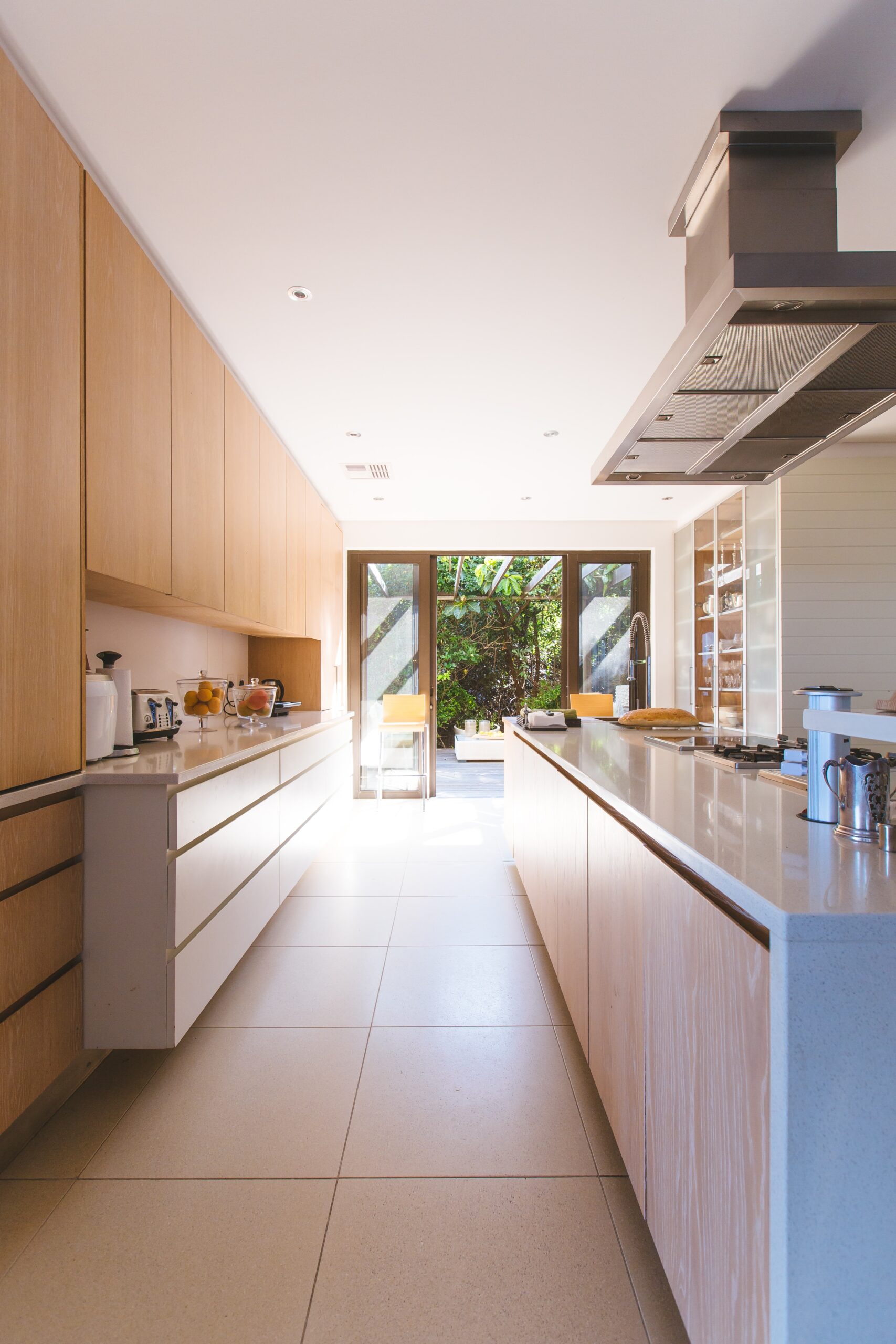Imagine a world where your home is tailored to perfectly fit your lifestyle. With smart home automation, this is not just a far-fetched dream, but a reality that is within reach. From controlling the lights and temperature with a simple voice command, to setting up security systems that adapt to your specific needs, the possibilities are endless. This article explores the exciting world of customizing smart home automation for different lifestyles, showcasing how technology can seamlessly integrate into our daily lives, making them more convenient, comfortable, and enjoyable.
Understanding Smart Home Automation
What is smart home automation?
Smart home automation refers to the use of technology and connectivity to automate various aspects of a household, allowing for greater convenience, efficiency, and control. It involves the integration of devices, systems, and appliances to communicate and work together seamlessly. With smart home automation, you can remotely control and monitor your home’s systems and functions, such as lighting, heating, security, and entertainment, through a central control hub or mobile device.
How does smart home automation work?
Smart home automation works by connecting different devices and systems within your home through a centralized network. This network allows for communication and coordination between the various components, ensuring they can work together to fulfill your commands or operate based on pre-set conditions. The automation process usually involves sensors, controllers, and actuators that gather data, interpret it, and trigger the desired actions.
For example, a smart thermostat can monitor the temperature in your home and adjust it automatically based on your preferences, energy usage patterns, and even weather conditions. Similarly, smart lighting can be programmed to turn on and off at specific times or in response to motion detection. With the help of sensors and smart devices, you can even receive real-time notifications and remote control access, allowing you to manage and monitor your home from anywhere in the world.
Benefits of smart home automation
There are numerous benefits to embracing smart home automation. Firstly, it enhances convenience and simplifies daily tasks by automating routine functions, such as adjusting temperature settings, controlling lighting, or even watering your plants. This not only saves time but also reduces the risk of human error.
Secondly, smart home automation improves energy efficiency and lowers utility bills. By allowing you to easily monitor and control your home’s energy usage, you can make informed decisions and implement energy-saving measures. For instance, you can schedule your thermostat and lighting to adjust automatically when you’re away from home, reducing unnecessary energy consumption.
Thirdly, smart home automation enhances home security and safety. With features like motion detection, door/window sensors, and surveillance cameras, you can keep a close eye on your property even when you’re not physically present. Additionally, integrating smart fire and carbon monoxide detectors can provide early warnings and potentially save lives.
Lastly, smart home automation offers entertainment and lifestyle customization options. From controlling home theaters and audio systems to personalizing lighting scenes for different moods and occasions, smart automation allows you to create the perfect ambiance and enhance your overall living experience.
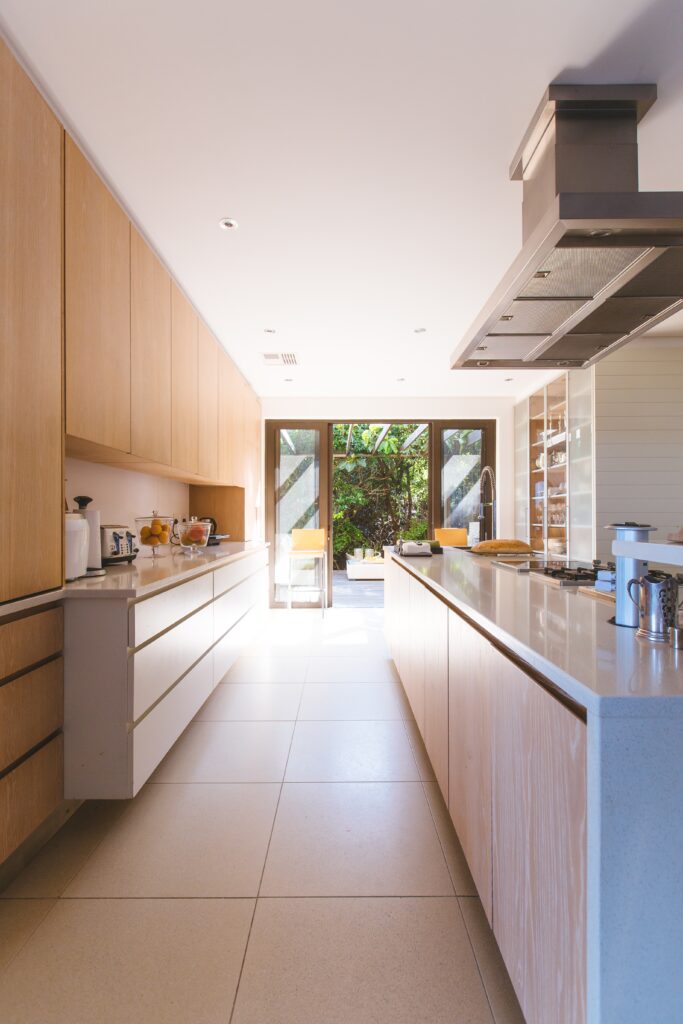
Different Lifestyles and Smart Home Automation
Exploring various lifestyles
Every individual and family has their own unique lifestyle and preferences. Some may be working professionals with hectic schedules, while others may be families with children, elderly individuals, singles, young professionals, or frequent travelers. It is important to consider these diverse lifestyles when customizing smart home automation.
How smart home automation can be advantageous for different lifestyles
Smart home automation can offer tailored advantages for different lifestyles. For working professionals, automation can enhance productivity by providing a stress-free environment and automating certain tasks. Families with children can benefit from features that prioritize safety, security, and managing schedules and routines. Elderly individuals can enjoy increased accessibility, health monitoring, and ease of use. Singles and young professionals can create a personalized and stylish atmosphere. Frequent travelers can ensure home security and energy management while away, and eco-friendly enthusiasts can implement energy-saving measures and monitor resource consumption.
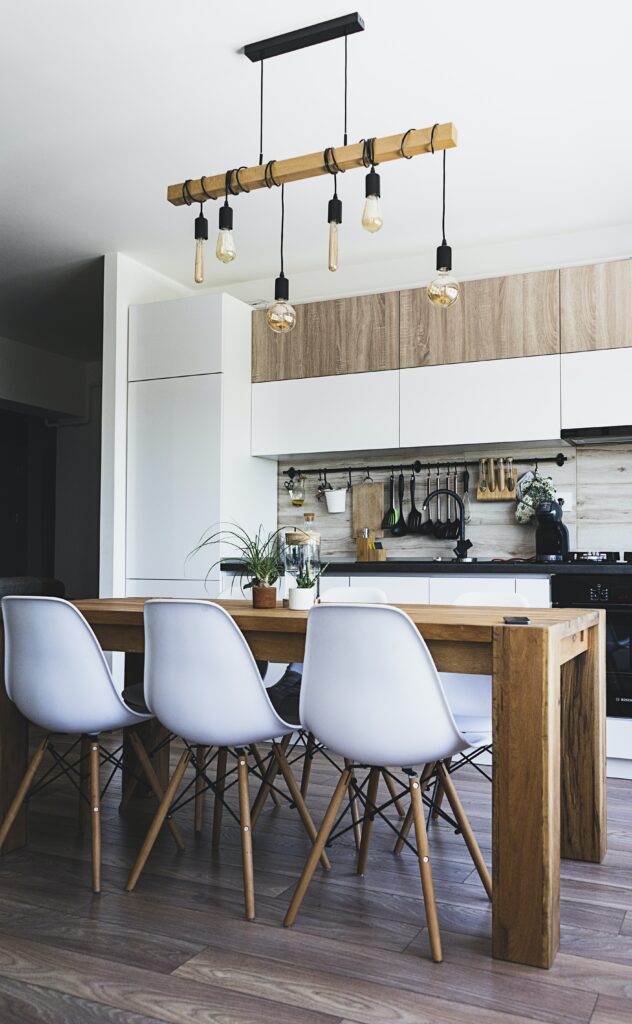
Factors to Consider for Customization
Identifying individual needs and preferences
When customizing smart home automation, it’s crucial to identify and understand the specific needs and preferences of each individual or family. This involves considering their daily routines, priorities, and desired outcomes. By knowing what matters most to them, you can create a customized system that truly enhances their lifestyle.
Considering daily routines
Understanding the daily routines of individuals or families is vital for effective customization. For example, if someone follows a strict morning routine, their smart home can be programmed to start brewing coffee, adjusting temperature, and turning on lights at specific times. By syncing with their routines, smart home automation can make their mornings smoother and more efficient.
Accounting for household size
The size of a household also plays a role in customization. Larger households may require more advanced security and surveillance systems to ensure everyone’s safety. Additionally, automation systems can be designed to accommodate the number of devices and appliances used by multiple occupants, ensuring seamless functionality throughout the home.
Considering family dynamics
Family dynamics, such as the presence of children, pets, or elderly individuals, should be considered when customizing smart home automation. Safety features like smart locks, video doorbells, and motion sensors can be particularly valuable for families with young children, while smart appliances and voice commands can facilitate ease of use for elderly family members.
Understanding budget constraints
Customization should also take into account budget constraints. Smart home automation can range from simple, cost-effective solutions to more advanced and expensive installations. By understanding the available budget, customization can be tailored to strike a balance between desired features and financial limitations.
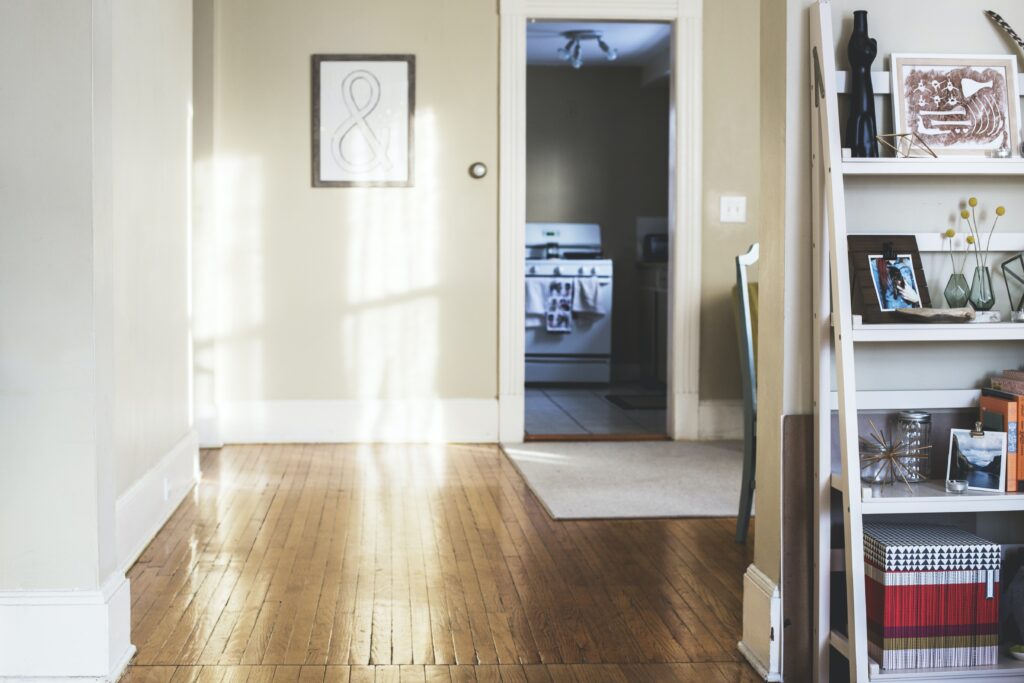
Customization Options for Specific Lifestyles
Customizing for Working Professionals
Working professionals often juggle multiple responsibilities and face time constraints. Smart home automation can help enhance their productivity and create a stress-free environment. For example, automated lighting systems can mimic natural lighting patterns, boosting focus and productivity throughout the day. Smart thermostats can also ensure optimal comfort while saving energy by adjusting temperature settings based on occupancy or established routines.
Customizing for Families with Children
Safety and security are paramount for families with children. Smart home automation can offer peace of mind by providing features such as surveillance cameras, video doorbells, and motion sensors. Parents can remotely monitor their children’s activities, receive instant alerts in case of emergencies, and control access to certain areas of the house. Automated systems can also manage schedules, such as turning off electronics at bedtime or adjusting lighting to create a calm and soothing atmosphere.
Customizing for Elderly Individuals
Customizing smart home automation for elderly individuals focuses on enhancing accessibility, comfort, and health monitoring. Assistive technologies like smart home voice assistants can help with easy control of devices, from turning on lights to adjusting thermostats. Automated lighting and motion sensors can provide safety by illuminating hallways and rooms during nighttime movements. Integration with health monitoring systems can allow real-time tracking of vital signs and emergency assistance, ensuring quick responses to medical situations.
Customizing for Singles and Young Professionals
Singles and young professionals often prioritize personalization and style within their homes. Smart home automation can create a personalized and trendy atmosphere through adjustable lighting scenes, smart speakers for seamless music streaming, and voice assistants for controlling various functions. Energy efficiency can also be optimized by scheduling lighting, adjusting temperature settings when away, and implementing smart appliances to track and manage energy usage.
Customizing for Frequent Travelers
Frequent travelers require smart home automation that ensures security and energy management while they are away. Remote control and monitoring capabilities are essential for keeping an eye on the home from anywhere in the world. Smart security systems, such as security cameras and door lock integration, allow travelers to monitor and control access to their property. Energy management features enable the adjustment of lighting schedules and temperature settings to conserve energy and save costs during travel.
Customizing for Eco-friendly Enthusiasts
Eco-friendly individuals can benefit from smart home automation by implementing energy-saving measures and monitoring resource consumption. Smart thermostats can intelligently adjust temperature settings based on occupancy or automatic schedules, minimizing energy wastage. Energy monitoring systems can display real-time energy usage, empowering individuals to make informed decisions and reduce their carbon footprint. Furthermore, integrating renewable energy sources like solar panels can further enhance sustainability and reduce reliance on traditional power grids.
In conclusion, smart home automation can be customized to match different lifestyles and cater to individual needs and preferences. By understanding the specific requirements and daily routines of individuals or families, automation systems can be intelligently designed to enhance productivity, safety, comfort, and energy efficiency. From working professionals to families, elderly individuals, singles, frequent travelers, and eco-friendly enthusiasts, smart home automation offers a wide range of advantages that can be tailored to suit diverse lifestyles. Embracing customization and utilizing the available technological advancements can truly transform a house into a smart home that optimizes living experiences.
